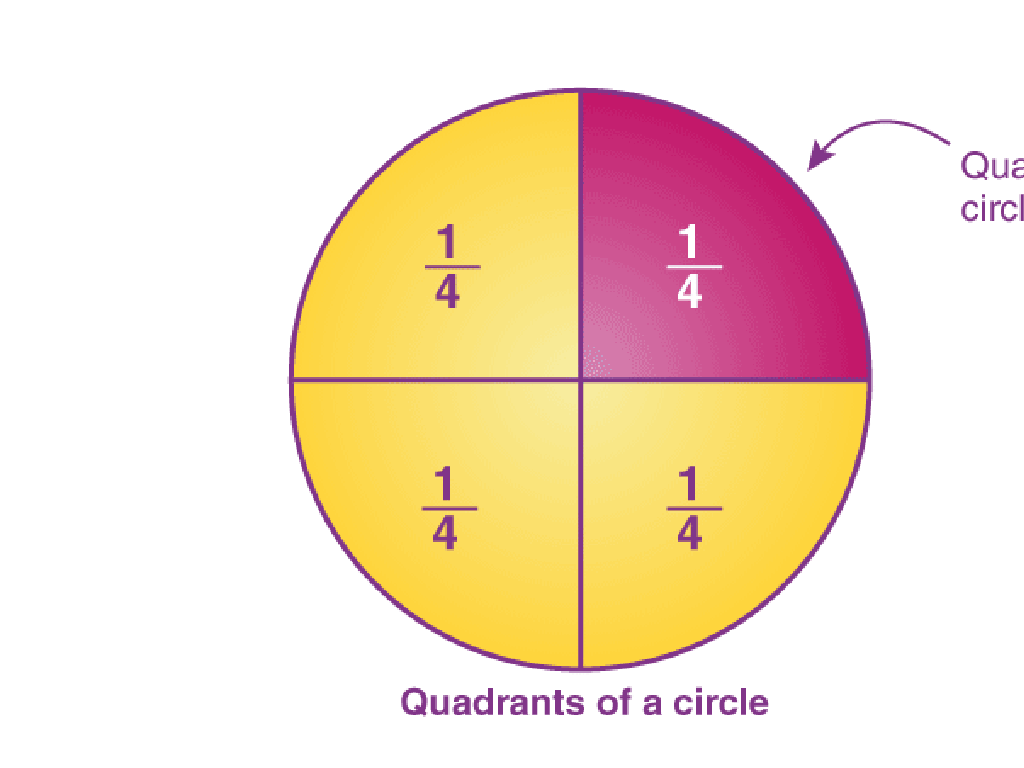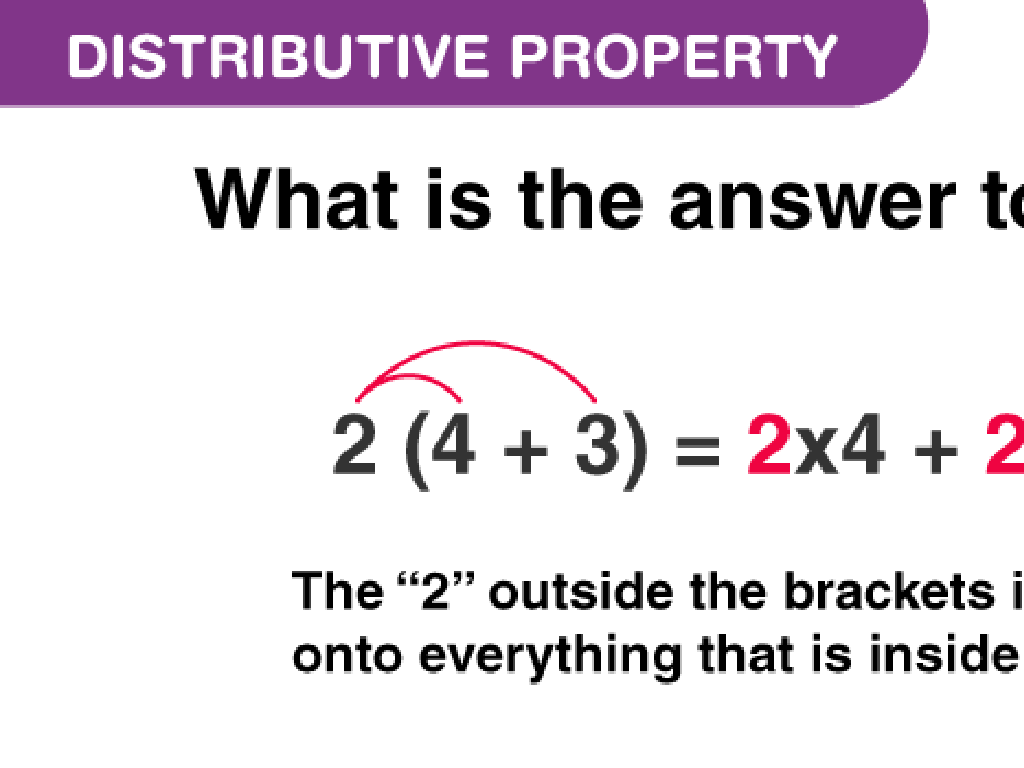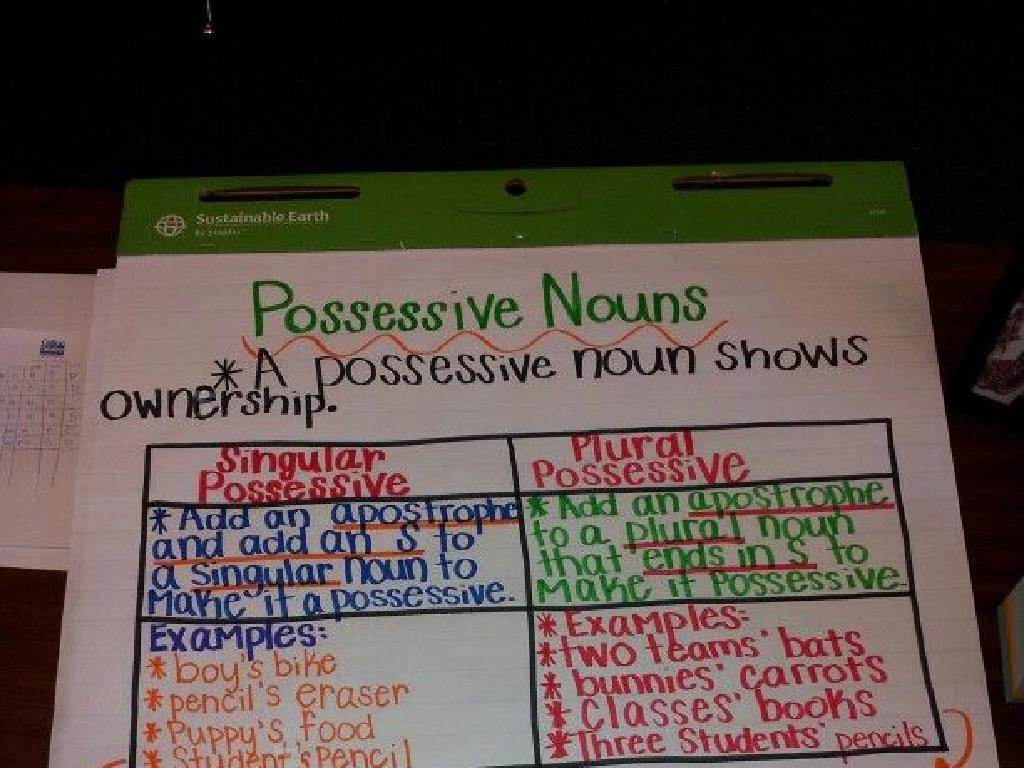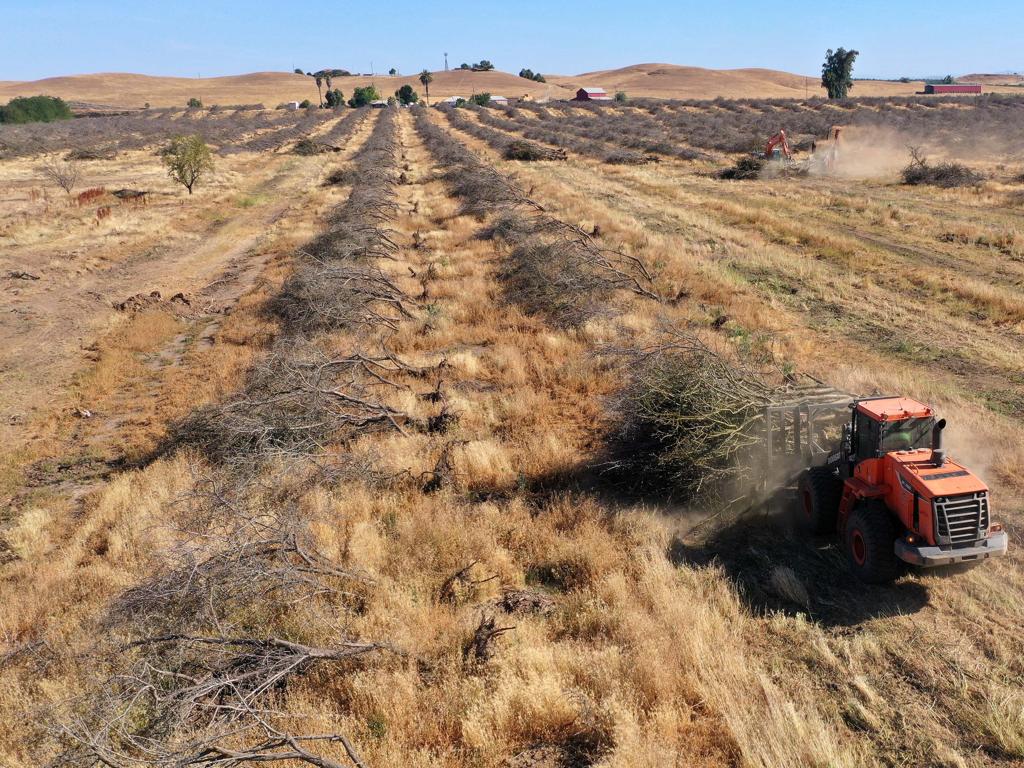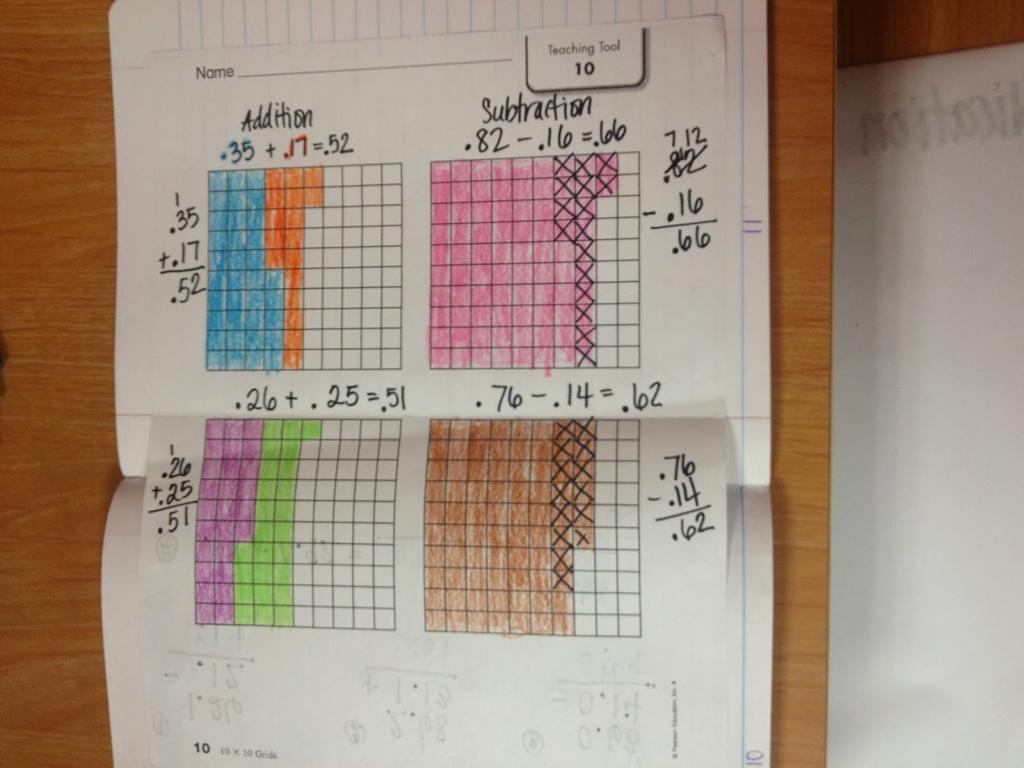Compare And Apply Cubic Units
Subject: Math
Grade: Fifth grade
Topic: Volume
Please LOG IN to download the presentation. Access is available to registered users only.
View More Content
Understanding Volume with Cubic Units
– Volume measures 3D space
– It’s like how much water fits in a box
– Cubic units explained
– Small cubes to measure space inside 3D objects
– Daily life applications
– Used in cooking, packing, and building
– Practice with real objects
|
This slide introduces the concept of volume to fifth-grade students, emphasizing its practical applications. Begin by explaining that volume measures how much three-dimensional space an object occupies, similar to how much water can fill a box. Introduce cubic units as the standard units for measuring volume, using small cubes to demonstrate how space inside a 3D object is quantified. Relate the concept to everyday life by discussing how understanding volume is essential for activities like cooking (measuring ingredients), packing (fitting items into a space), and building (calculating material usage). Encourage students to bring in items from home to practice measuring volume using cubic units, fostering hands-on learning.
Understanding Volume in 3D Shapes
– Volume measures space occupied
– Measured in cubic units
– Units like cubic inches (in³), cubic centimeters (cm³)
– Volume is a 3D concept
– Involves length, width, and height
– Examples: cubes, rectangular prisms
– A cube with 1-inch sides has a volume of 1 in³
|
Volume is a fundamental concept in mathematics that describes the amount of three-dimensional space an object occupies. It’s important for students to understand that volume is measured in cubic units, which are derived from multiplying the length, width, and height of an object. Emphasize that volume is not a flat concept but a measure of the entire space inside a 3D shape. Use physical examples such as building blocks or boxes to demonstrate how volume works and how different shapes, though they may have the same surface area, can have different volumes. Encourage students to think about volume in relation to real-life situations, like filling a swimming pool or packing a suitcase.
Understanding Cubic Units
– Visualize a cubic unit
– Imagine a cube with each side 1 unit long
– 1 cubic unit dimensions
– It’s 1 unit high, 1 unit wide, 1 unit deep
– Cubic units in 3D space
– Like building blocks, they fill 3D shapes
– Measuring volume with cubes
– Count cubes to find the volume of objects
|
This slide introduces students to the concept of cubic units, which are the building blocks of volume in three-dimensional space. Start by helping students visualize a single cubic unit as a cube where each side is one unit in length. Emphasize that when we talk about cubic units, we’re referring to the product of the lengths of all three dimensions of a cube (height, width, and depth). Explain that just like small blocks can be used to fill up a larger box, cubic units are used to measure how much space is inside a 3D object. To measure volume, we count how many of these cubic units fit inside the object. Provide hands-on activities where students can use physical cubes to build shapes and calculate their volume, reinforcing the concept of cubic units.
Calculating Volume with Cubic Units
– Volume formula for cubes
– Volume = side^3, where side is the length of a cube’s edge.
– Count cubic units in prisms
– Imagine stacking tiny cubes to fill a prism completely.
– Let’s calculate a cube’s volume!
– We’ll use the formula together on a cube example.
|
This slide introduces the concept of volume calculation, specifically focusing on cubes and rectangular prisms. Start by explaining the formula for the volume of a cube, which is the length of one side cubed. Emphasize that all sides of a cube are equal. Then, discuss how to visualize and count cubic units within a rectangular prism, which helps in understanding how volume is a measure of space. For the practice activity, guide the students through calculating the volume of a cube using the formula with a real-life example, such as a dice or a block. This will help solidify their understanding of the concept of volume and prepare them for more complex shapes.
Comparing Volumes with Cubic Units
– How to compare object volumes
– Using cubic units for volume
– Cubic units measure volume, like how many small cubes fit inside an object.
– Example: Block vs. Box volume
– Consider a toy block (2x2x2 cubes) and a toy box (5x5x5 cubes).
– Determining greater volume
– Compare by counting cubes or calculating: block has 8 and box has 125 cubic units.
|
This slide introduces students to the concept of comparing volumes using cubic units. Start by explaining that volume measures how much space an object occupies and can be measured in cubic units. Use manipulatives like unit cubes to show how these units fill up space inside objects. Provide a clear example by comparing a smaller object (toy block) to a larger one (toy box), using cubic units to determine which has more volume. Teach students to calculate volume by multiplying the dimensions of the object (length x width x height) and then compare the results to understand which object has a greater volume. Encourage students to practice with different objects and to visualize the concept by building structures with cubes.
Real-life Applications of Volume
– Volume in cooking
– Use measuring cups to follow a recipe
– Volume in packaging
– Boxes are measured to fit products
– Estimating object volumes
– Guess the volume of items like books
– Activity: Classroom estimation
|
This slide aims to show students how volume is used in everyday life. Start by explaining how cooks use measuring cups to get the right volume of ingredients for a recipe. Then, discuss how companies use volume to design packaging that protects items during shipping and saves space. For the activity, have students estimate the volume of various classroom objects, like a book or pencil case, and then measure them. This will help them understand the concept of volume in a tangible way. Prepare different objects for the activity and ensure students understand how to calculate volume using length, width, and height. Provide guidance on estimation techniques and how to check their accuracy.
Class Activity: Volume Exploration with Cubic Units
– Group activity: Calculate container volumes
– Use unit cubes to measure
– Fill containers with unit cubes to find volume
– Determine the largest volume
– Compare volumes to find which is largest
– Share your group’s findings
– Discuss as a class which container held the most cubes
|
This activity is designed to provide hands-on experience with cubic units and volume calculation. Divide the class into small groups and distribute unit cubes and a variety of containers to each group. Students will fill the containers with unit cubes to determine the volume of each container. They should record their findings and discuss within their groups which container has the largest volume. After the activity, each group will share their findings with the class. This will help students understand the concept of volume and how to apply cubic units in a practical way. Possible variations of the activity could include using irregularly shaped containers, comparing volumes of similar shapes, or predicting volume before measuring.
Volume Recap: Cubic Units
– Reviewing cubic units
– Calculating volume
Volume = length × width × height
– Significance of volume knowledge
Volume helps in determining space in 3D objects
– Q&A session
Reflect on today’s lesson and ask questions
|
This slide aims to consolidate the students’ knowledge of cubic units and how they are used to calculate the volume of three-dimensional objects. Emphasize the importance of understanding volume in practical situations, such as filling a container or packing a box. Encourage students to think about how volume affects their daily lives and to ask any questions they have about today’s lesson. This is also an opportunity to assess their comprehension and to clarify any misunderstandings. Prepare to answer potential questions and provide additional examples if necessary to ensure that all students have a firm grasp of the concept of volume.

